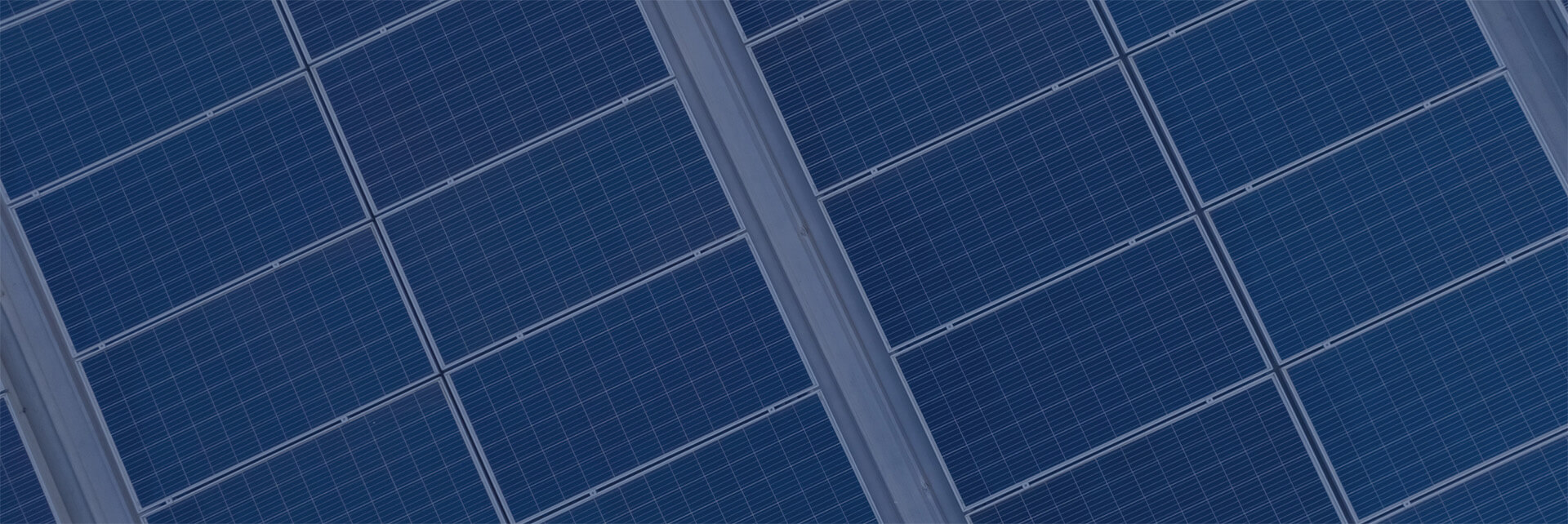Multi stage battery charging is the application of specific controlled charging stages intended to maximize battery charge, health, and lifespan.
Bulk Stage
In Bulk, the charger tries to put as much charge current into the battery as possible. The charge current is usually limited by the charger capacity, which would include solar variability in the case of solar charging. Bulk is generally the same as ‘constant current’ charging. ~80% of battery charging takes place in the Bulk Stage.
Absorbtion Stage
As a battery takes charge its voltage rises. When the voltage hits a predeterminted Absorb setpoint the charger will switch into the Absorb stage. In Absorb the charger output voltage is held constant at the Absorb Voltage. This is known as Constant Voltage charging. Charge current will slowly decay from the peak during Bulk down to a low level. The Absorb stage is completed when when the charging current drops to a predetermined level, but this can be difficult to predict and control, especially when charging from solar, so the Absorb stage is usually set as a fixed duration often in the range of 2 to 5 hours. This is called the Absorb Time and it depends on the size of the battery bank and the charge parameters set by the battery manufacturer.
Absorb stage will bring the battery to 95+% state of charge.
Float Stage
After completion of the Absorb stage a multi stage charger will change to Float charging. This is also constant voltage charging but the voltage is lower than the Absorb voltage. Float is some times called ‘trickle charging’. Charge current is very low. Float charging brings the battery up the last few % to 100%.
A battery can be left on Float charge. Indeed, UPS and backup battery systems often leave their batteries on Float all the time. However in solar energy systems float is limited to a couple hours or, in the case of generator charging, eliminated all together.

